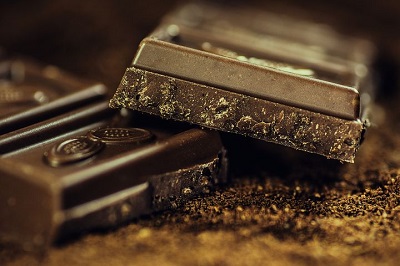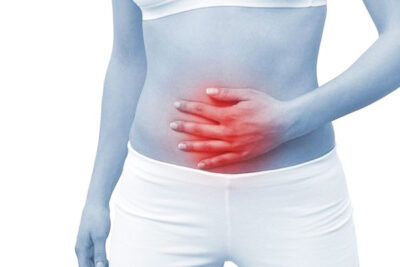
Ancient Ayurveda Recipes for Healthy Living
by Vanita Dahia What did our ancestors eat? One ancient


Consumption of chocolate escalates at times of celebrations, especially around Easter, Valentines day and Mothers day. After all, you can’t go wrong with gift of chocolates.
All chocolate if now bad for you. No need to feel the guilt with a dark chocolate.
Dark Chocolate is derived from the seed of the cocoa tree which been proven to have many benefits. Dark chocolate is loaded with organic compounds that are biologically active and function as antioxidants. These include polyphenols, flavanoids and catechins.
A 100g bar of 70-85% cocoa chocolate contains:
• 11 grams of fibre
• 67% of the RDI for iron
• 58% of the RDI for magnesium
• 89% of the RDI for copper
• 98% of the RDI for manganese
• potassium, phosphorus, zinc and selenium
Dark Chocolate has many benefits:
Antioxidant
Cocoa and dark chocolate had more antioxidant activity, polyphenols and flavanoids than any other fruits tested, which included blueberries and acai berries.
Improve blood flow, lower blood pressure, and cholesterol levels and heart health
Flavanoids in dark chocolate can produce nitric oxide(NO), the mechanism of improving blood flow and stimulate the endothelium.
Cocoa has been found to decrease oxidized LDL cholesterol and increase the beneficial HDL cholesterol.
Cocoa is protective to heart health.
Eating 100g/week of dark chocolate has been shown to lower the risk of calcified plaque in the arteries. Higher levels may negate the health benefits and induce adverse effects associated with high sugar consumption.
Chocolate protects the skin from the sun
The minimal erythemal dose (MED) is the minimum amount of UVB rays required to cause redness in the skin 24 hours after exposure. In one study of 30 people, the MED more than doubled after consuming dark chocolate high in flavanoids for 12 weeks.
Does chocolate trigger the happiness brain chemicals?
Dark chocolate has been shown to improve brain function, improve blood flow to the brain, improve cognitive function, and verbal fluency.
Cocoa contains stimulant substances like caffeine and theobromine, which may be a key reason why it can improve brain function in the short term.
The feeling of love or bliss as you devour a piece of chocolate is a beautiful biochemical process in the brain. The key love chemistry hormone is Phenylethylamine or PEA.
PEA, like dopamine are neurotransmitter metabolites of an amino acid phenylalanine which creates a euphoric feeling of pleasure, reward, and joy, as it acts as an endogenous (or natural) amphetamine. (1)
Phenethylamine (PEA) is an organic compound, natural monoamine alkaloid, and trace amine, which acts as a central nervous system stimulant in humans. Phenethylamine functions as a monoaminergic neuromodulator, and to a lesser extent, a neurotransmitter in the central nervous system.
Amphetamines as a drug is prescribed for ADHD as a central nervous system stimulant, producing the release of dopamine and noradrenaline. Dopamine is your “satisfaction” or “reward” hormone involved in energy, excitement, joy, libido and love – love for chocolates!!
PEA stimulates dopamine activity – no wonder we associate love with chocolates!
Know that PEA and Dopamine are at work when you savour the next piece of chocolate.
PEA and Dopamine with other inhibitory and excitatory neurotransmitters can be measured with a simple urine test. Contact us if you’d like to enquire about neurotransmitter test.

by Vanita Dahia What did our ancestors eat? One ancient

Have you ever heard of anyone preventing their memory decline

How to Stop Indigestion and Acid Reflux by Vanita Dahia

Copyright © Vanita Dahia 2025. All rights reserved.